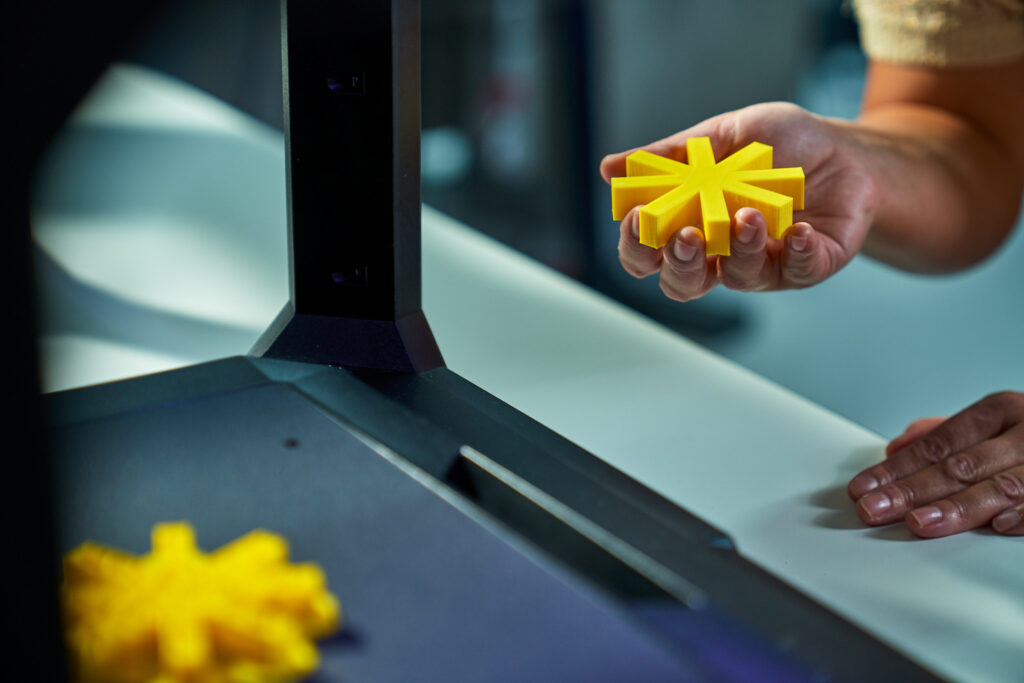Physics

Date of implementation
1.9. – 19.12.2025
Scope
Type of studies and location
Which degree program is the course from?
Degree Programme in Energy and Environmental Engineering
Teaching language
What will you learn?
After completing the course, the student
• is able to apply the International System of Quantities and Units of Measurement in the interpretation and explanation of technical information.
• understand the basic concepts of kinematics and dynamics (speed, acceleration, force, friction).
• understands the basic techniques of drawing a free body diagrams and is able to apply free body diagrams and Newton’s laws in problem solving in mechanics.
• is able to solve equations of quantities and apply vector calculus in problem solving in mechanics.
• understands the concepts of work, energy, power and efficiency and is able to analyze problems in mechanics with their help.
• is able to apply the work-energy principle in mechanics.
• is able to analyse collision situations using the concepts of momentum and impulse.
• understands the basic concepts of rotational motion and is able to apply these concepts to the analysis of kinematics of rotational motion
• understands the concepts of torque, moment of inertia and momentum and is able to apply the basic equation of rotational motion to their analysis.
What do the studies include?
• Kinematics of linear and two-dimensional motion; acceleration, speed, velocity and change of position.
• Forces, resisting forces and Newton’s laws
• Work, energy, power and efficiency
• Work-energy-principle
• Momentum and impulse
• Angular velocity, angular acceleration, angle of rotation, track speed, tangential and centripetal acceleration
• Conditions for staying on a circular track
• Torque, moment of inertia and momentum
• Basic equation of rotational motion
Introductory lecture in week 36. Weekly teaching in weeks 36-50. More detailed schedule on the course’s Itslearning pages.
Content:
• Kinematics of linear and two-dimensional motion; acceleration, velocity, momentum and change in position.
• Forces, resistance forces and Newton’s laws
• Work, energy, power and efficiency
• Work-energy principle
• Momentum and impulse
• Fundamentals of physics laboratory work and basic measurement work
In addition to independent study:
• Angular velocity, angular acceleration, angle of rotation, orbital speed, tangential acceleration and normal acceleration
• Conditions for staying on a circular path
• Torque, moment of inertia and moment of momentum
• Basic equation of rotational motion
When and where will the course be held?
You can find the exact teaching times and places on Lukkarikone.
- Change the language from the top right corner under “FI”. Enter the course code TE00BS18-3013 and press search.
- Add the course to the schedule by pressing +Add on the search results list.
- The course schedule is now shown on the calendar view, where you'll find the time and place of each meeting.
If the teaching times are not shown on Lukkarikone, contact the teacher.
Enroll
for
the
course
Enrollment period
Study places
3
Price:
75 €
Who is the course suitable for?
Open UAS courses are open to everyone. Open UAS courses are selections from Bachelor’s and Master’s degree program curricula, and you’ll usually study in the same group as degree students.
When you enroll, you will be asked to authenticate yourself before you can access the enrolment form. You will need Finnish online banking credentials or a mobile certificate.
There may be prerequisites for participation on individual courses. You can find information on required previous studies or know-how in the course details on our study guide, see the link for course details above. Please note that you are responsible for making sure that you have the skills and know-how required for participation.
To participate on Master’s level courses, you must have completed a Bachelor’s degree or equivalent higher education degree in Finland or abroad.
Open UAS offers individual courses in both Finnish and in English. Please note that you must have sufficient language skills to take part in Open UAS studies. Generally, language skills at level B1 or above are recommended for participating in higher education. Some study options may have specific language skill requirements.
Open UAS study fee
Open UAS studies are subject to a study fee. Individual courses usually cost 15 € per ECTS credit. Read more about study fees.
If the study fee for a course differs, or if the course is free of charge, the information is available in the course information above.
5 reasons to study at Open UAS
- Open UAS studies are for everyone, regardless of age or background.
- You can try what’s it like to study at a UAS or get to know a study field you’re interested in.
- You can take individual courses or larger study modules.
- If you’re aiming for a Bachelor’s or Master’s degree, you can complete credits in advance.
- You’ll gain new skills, learn and be inspired.
Enjoy every person’s right to study. Learn more about Open studies.

